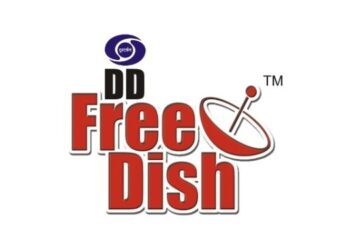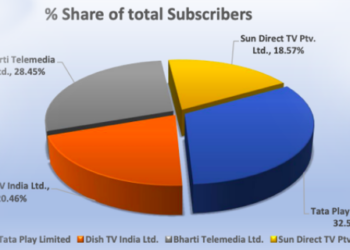New Delhi: TRAI has issued an explanation to the report published by the credit rating agency CRISIL which had claimed that the introduction of TRAI’s New TV pricing norms will escalate the monthly subscription cost of cable and DTH.
TRAI disputed with the way of calculations carried by CRISIL stating that it had taken the example of the most popular channels to arrive its conclusion that the new schemes will increase the monthly cost of Subscribers
“The selection of channels by subscribers is primarily driven by language, genre, region and culture. The report fails to appreciate that even among top three channels (Scenario I) that is SUN TV, ZEE Anmol and STAR MAA, the language is Tamil, Hindi and Telugu respectively. It is unlikely that one family will choose Tamil, Hindi and Telugu Channel simultaneously. This is more glaring in the scenario III where TV Channels of Hindi, Tamil, Telugu, Bangla, Malayalam and English have been considered together. Similar is the situation in scenario II also. The report is not based on detailed and focused analysis, supported by data. This report is more likely to mislead the subscribers while they are likely to migrate to new framework and would result in misunderstanding,” it said.
In its original set of regulations, the TRAI had prohibited channel owners From jacking up the a-la-cart prices of their channels to unreasonable levels to push their packs. However, the changes introduced by the Madras High Court considerably eroded the power of dictating the price From the hands of the consumers.TRAI’s clarification today was silent on this aspect. This could be because some of the DTH operators like Tata Sky, Sun Direct and Airtel Digital are arguing their case for the implementation of this rule in front of the Delhi High Court.
TRAI also asked consumers to be patient, and pointed out that channel owners will have to reduce their prices and offer better deals if they find that consumers are not buying their channels at current prices.
“The new framework promotes consumer choice and enables the subscribers to pay for what they really watch. The new framework has been designed after balancing and providing for the proportionate revenue for various service providers in the service provisioning value chain. The basic architecture of the framework provides for fair competition among broadcasters and the real prices will be discovered after few weeks. For the first time a subscriber can see the offered prices of a TV channel on their own TV screen thereby removing any information asymmetry. These are early days and detailed data-sets will be available only after a few weeks,” it added.
“Subscribers may note that the new regime empowers them to change their choices whenever they desire. They can add channels for a month or for multiple months whenever a program of their choice is broadcast, thereby providing sufficient flexibility. The subscribers can always request their service provider to modify (add or delete) their selection, even after choosing any package at present. All the subscribers are requested to choose wisely and select those channels that they wish to actually watch,” it added.
















